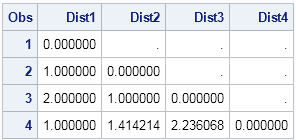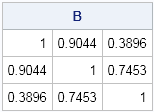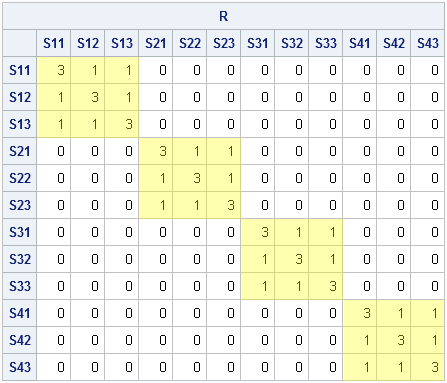
Did you know that SAS/IML 12.1 provides built-in functions that compute the norm of a vector or matrix? A vector norm enables you to compute the length of a vector or the distance between two vectors in SAS. Matrix norms are used in numerical linear algebra to estimate the condition









